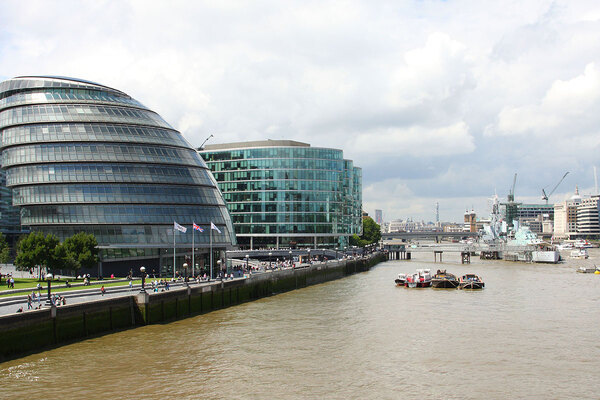Sector representatives call for greater clarity over definition of grey belt
Housing sector bodies have urged the government to make its definition of grey belt land more specific, after raising concerns that a lack of clarity could lead to legal challenges and further slow down development.

Richard Seaman, corporate lead for planning at Calderdale Council, told the House of Lords Built Environment Committee on Tuesday that the current definition could see local authorities “mired in legal challenges”.
Led by Lord Moylan, the grey belt inquiry heard its second round of evidence, which is aiming to reach a better understanding what grey belt land is and how it can contribute to housing targets.
“It will cause enormous uncertainty and legal dispute,” Mr Seaman said, pointing to phrases such as “limited contribution”, which leave room for different legal interpretations.
Currently, the grey belt is described as land that has been previously developed and makes only a “limited contribution” to the purposes of green belt, which are to prevent urban sprawl, protect the countryside and promote regeneration.
The results of the inquiry and the sector’s responses will shape the final version of the National Planning Policy Framework, which will set the direction for planning in England for the foreseeable future.
To meet its target of building 1.5 million homes over five years, the Labour government is looking to shake up how green belt land is used for development.
While many organisations broadly support the release of pockets of green belt land, they have raised concerns over the definition of grey belt land.
Speaking at an evidence session for the inquiry last week, Hugh Ellis, policy director at the Town and Country Planning Association, said the term “limited contribution” should “never be used in national planning policy”.
He said he had looked at green belt between areas such as Leeds and Bradford and found it to be “wafer thin”.
“As a professional planner, ‘limited contribution’ would have to be incredibly tightly defined because development in any of those places would fundamentally undermine the five purposes of green belt,” Mr Ellis said.
“It will create, as written, an enormous amount of confusion and legal battle about what the concept means.”
The Chartered Institute of Housing (CIH) said in its response to the grey belt inquiry that the current definition is “too subjective” and “could leave legitimate planning decisions that deny developments on the green belt open to lengthy litigation”.
The CIH said it supported the “strategic release” of green belt land, but called for specific examples to be given of what constitutes grey belt land.
Oral evidence for the inquiry will continue to be heard over several weeks. Housing secretary Angela Rayner and housing minister Matthew Pennycook are due to speak at a session on 3 December.
The government also recently released its updated guidance for compulsory purchase orders and hope value, which is an estimate of what the land could be worth in future if it were used for development.
To avoid grey belt land rocketing in value, the government is planning to use new compulsory purchase order rules to compensate owners based only on the current use of the land.
Colette McCormack, a partner in the planning law team at Winckworth Sherwood, told Inside Housing that the costs involved in holding and developing land mean owners should be properly compensated.
“There is, unfairly, the idea that landowners in some way take an unfair gain in the process,” she said.
“If this land is compulsory acquired, the owner should be compensated fairly for it even if permission has not been granted.”
Sign up for our development and finance newsletter
Already have an account? Click here to manage your newsletters











